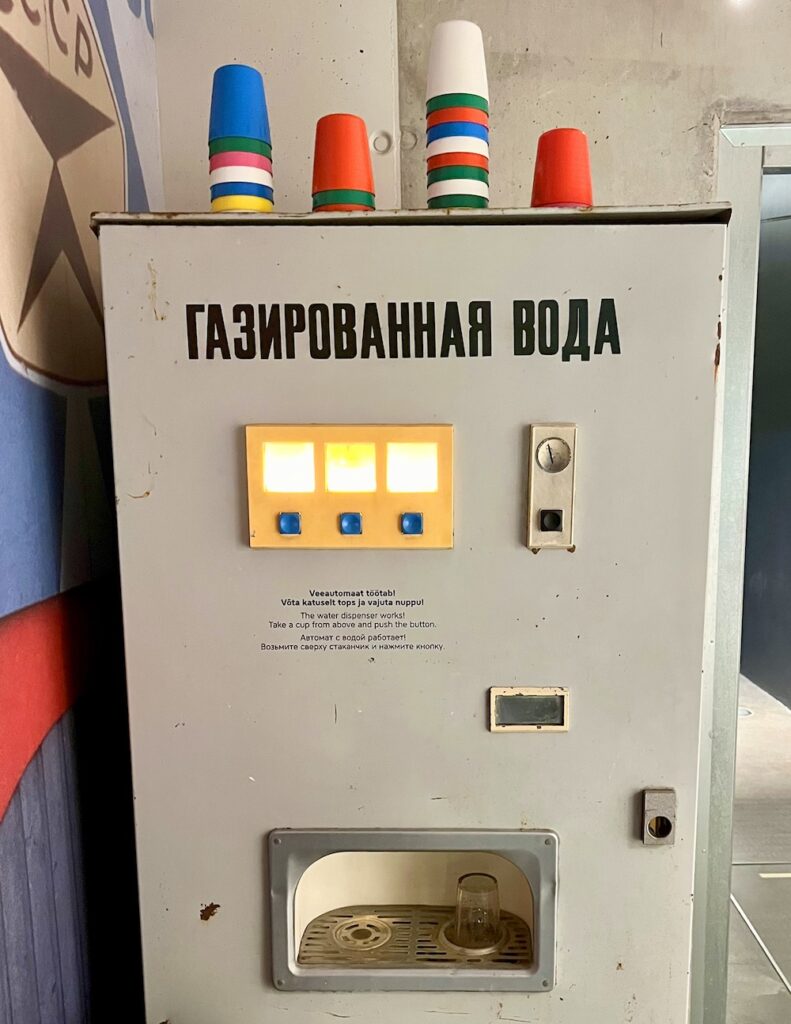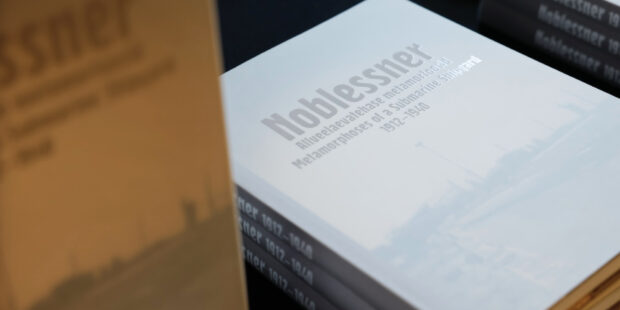The horrors of the occupation of Estonia are told by the victims themselves
Text Timo Huttunen Photos Aron Urb, Vabamu
The story of the Soviet occupation of Estonia and the suffering it caused is now more relevant than ever. Russia, the successor to the Soviet Union, is currently waging an aggressive war against Ukraine, occupying parts of the country.
To better understand the horrors Ukrainians are currently experiencing, it is worth exploring the dark history of the occupation of Estonia through its museums. It reminds us of what can happen if we are invaded by a foreign power.
Tallinn has two museums specialising in the horrors of the occupation, Vabamu and the KGB Prison Cells (KGB vangikongid). The museums are within walking distance of each other.



Vabamu tells the story of Estonia’s recent history during the occupation
Just outside the walls of the Old Town, near Vabaduse väljak (Freedom Square), at the foot of Toompea Hill, is the Vabamu Museum, which tells the story of Estonia during the occupation. The Soviet Union occupied Estonia between 1939-1941 and 1944-1994. The Germans, on the other hand, ruled the country from 1941 to 1944.
Vabamu’s permanent exhibition Freedom has no borders consists of personal stories of people during the occupation, which can also be listened to in English through headphones linked to the museum’s own e-guide.
The e-guide is an audio-driven technological tool that helps visitors understand what they see.
In the museum space, there are screens with stories of the tragic period told by those who lived through the occupation, films projected on the walls and various texts. There are also display cases with objects, photographs, uniforms and weapons on the walls.
There is also a boat used to sail across the Baltic Sea to escape Russian occupiers, a Soviet-era Estonian home and a Russian vending machine that still sells juice or mineral water.
Vabamu also tells the story of Estonia’s liberation in the early 1990s.
The museum is small enough for a shorter visit. For a longer visit, you need to listen to the stories of the victims.
“Visitors come from all over the world. Some have their roots in Estonia, others come here without really knowing anything about Estonian history,” says Meeli Heli, the museum guide, about her work.
“We also provide free parking for visitors arriving by car, which is right next to the museum,” says Heli.


Prison cells exude horror
The beautifully restored Art Nouveau building at Pagari 1 in the Old Town was once the headquarters of the Soviet secret police, the KGB, during the occupation. For decades, this building was a place spoken of only in whispers within Estonia. In the basement of the building are the KGB prison cells, where Estonian prisoners were held before being sent to Stalin’s prison camps or executed. These infamous cells can now be visited.
There are few artefacts on display in the cells. Rather, the cells exude a quiet horror. There are pictures of people who suffered and often lost their lives under Soviet terror. There are also paintings on the walls that tell of the use of the space in different years.
Vabamu, Toompea 8b, Tallinn.
Open: from May to September every day from 10 am to 6 pm. From October to April from Wednesday to Sunday from 11 am to 6 pm.
KGB Prison Cells, Pagari 1, Tallinn.
Open: every day from May to September, 10 am to 6 pm. From October to April, Wednesday to Sunday, 11 am to 6 pm. This year, the KGB Prison Cells will be open every day in December, 11 am to 6 pm, except December 24-26, when the museum will be closed.
Other museums in Estonia about the terror of the occupation include the KGB Museum (Hotell Viru & KGB Museum) in Tallinn’s Original Sokos Hotel Viru and the KGB Cell Museum (KGB kongide muuseum) in Tartu.
To learn more about this and similar topicsEstonian history History Museums Hotel Viru KGB Museum Museums in Estonia Museums in Tallinn Soviet Occupation Estonia Tallinn










